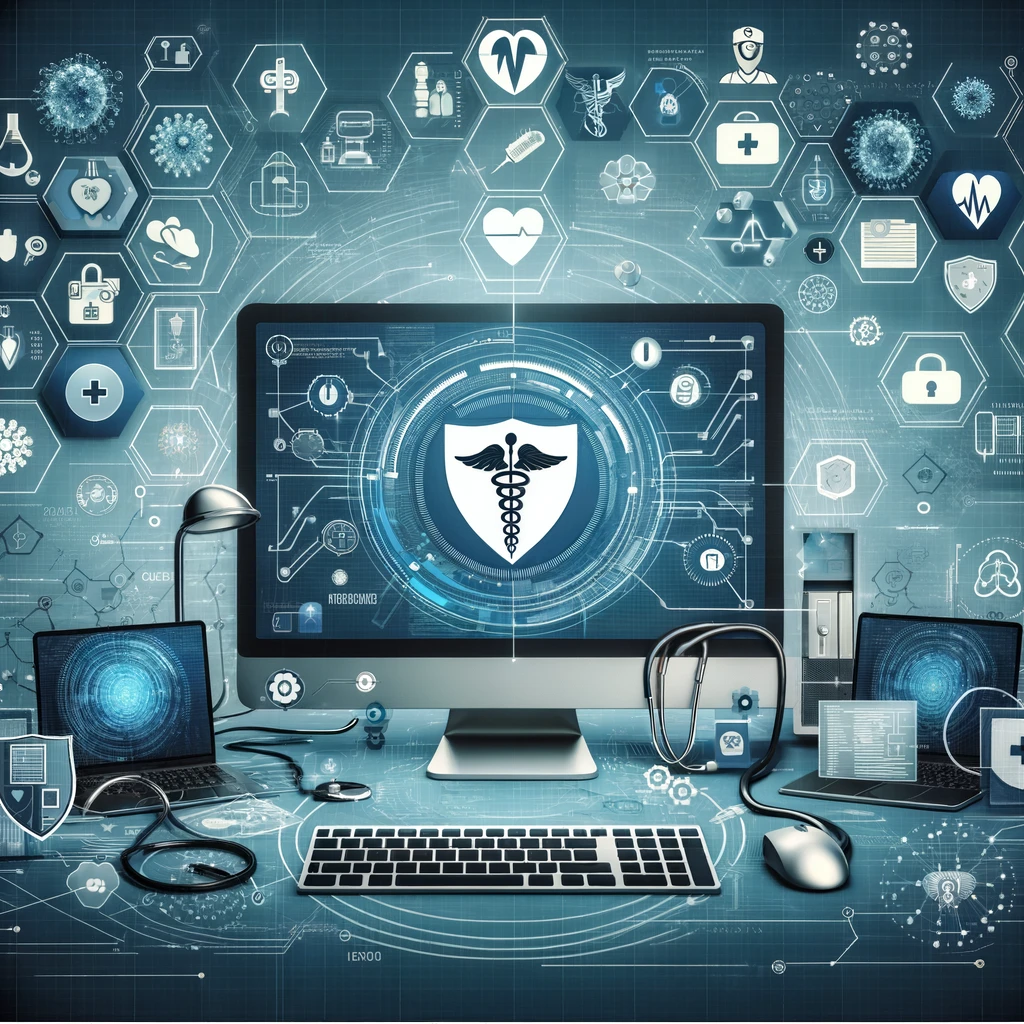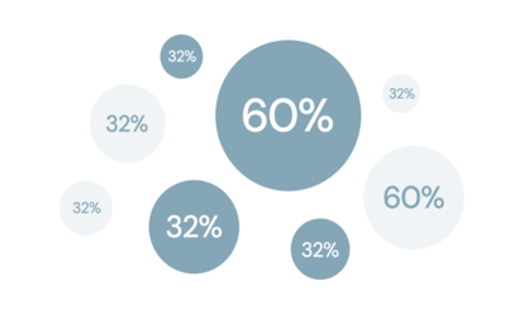Digital Transformation in Healthcare
Telehealth & Telemedicine
Reaching patients in new ways and improving the quality of healthcare for all.

Telemedicine & Telehealth
In recent years, the healthcare landscape has undergone a transformative shift towards telehealth and telemedicine, a trend significantly accelerated by global health crises such as the COVID-19 pandemic. This pivot has not only demonstrated the resilience and adaptability of healthcare systems but also spotlighted the critical role of digital technology in ensuring uninterrupted access to care.
Technologies Enabling Remote Care
Key to the success of telehealth are technologies such as video conferencing and patient management systems. Video conferencing platforms have evolved to offer secure, HIPAA-compliant channels for doctor-patient consultations, enabling visual assessments and personal interactions that were once limited to in-person visits. Meanwhile, patient management systems have become more sophisticated, integrating electronic health records (EHRs) with telehealth platforms to provide seamless care coordination. These systems facilitate everything from appointment scheduling to prescription management, ensuring that care is both timely and effective.
Telehealth services have seen exponential growth, driven by necessity but sustained by convenience and efficiency. Initially, telehealth acted as a stopgap measure to provide care while minimizing the risk of virus transmission. However, it quickly became evident that remote healthcare services offer significant benefits beyond pandemic contexts, including extended access to medical professionals, reduced healthcare costs, and minimized wait times for patients.
Implications for Drug Marketing, Patient Engagement, and Support Services
Telemedicine is reshaping the pharmaceutical sector’s approach to marketing, patient engagement, and support services. Digital platforms now enable direct-to-consumer marketing strategies that were previously unimaginable, allowing pharmaceutical companies to engage with patients through informational webinars, virtual drug information sessions, and online support communities.
A pharmaceutical company launching a new diabetes medication can use telehealth platforms to host virtual seminars that educate patients on managing their condition, how the new medication can help, and the correct way to administer it. This direct engagement not only helps in building trust with patients but also empowers them with knowledge about their health conditions and available treatments.
Moreover, telehealth facilitates a new level of personalized patient support. Pharmaceutical companies can now offer virtual adherence programs, where healthcare professionals regularly check in with patients via telehealth platforms to ensure they are correctly taking their medications and to address any concerns. This proactive approach can significantly improve treatment outcomes.

Evolve to Digital Transformation
Taking the leap requires an understanding of the strategic implications, technology and cultural and behavioural changes needed for success
Strategic Implications
Review this guide to establish core strategy and desired outcomes.
Grow your sales and engagement leveraging technology
Investigate how newer technologies are transforming old processes and accessing new opportunities for growth

Find untapped markets & segments
They are out there. Entire blue oceans of opportunity that require a new way of engagement. How can you identify and serve them best?


